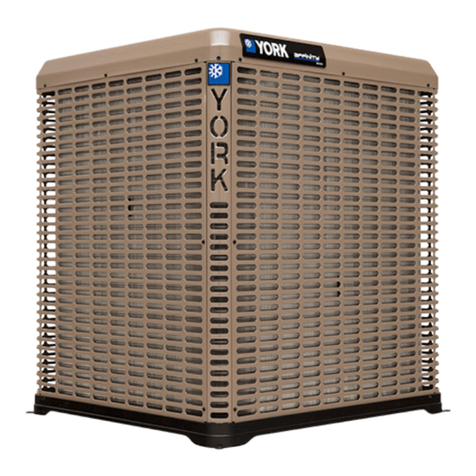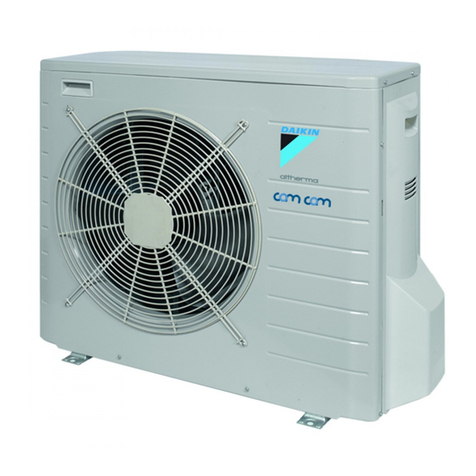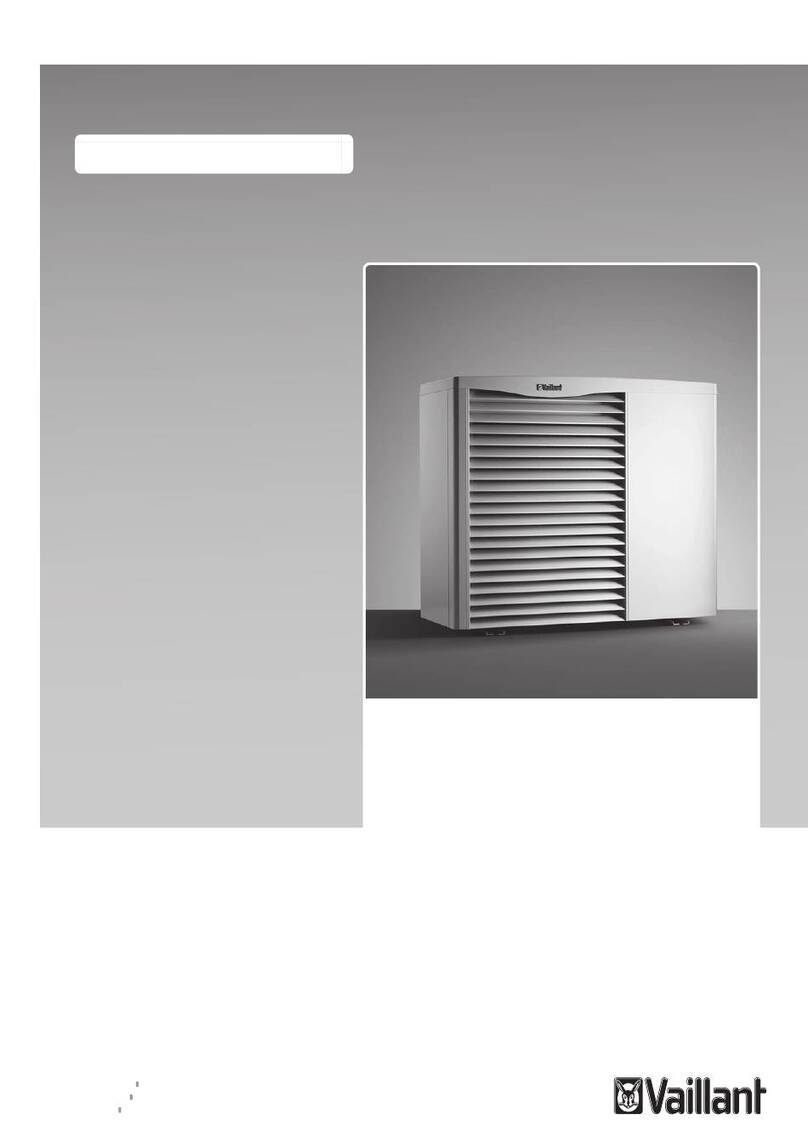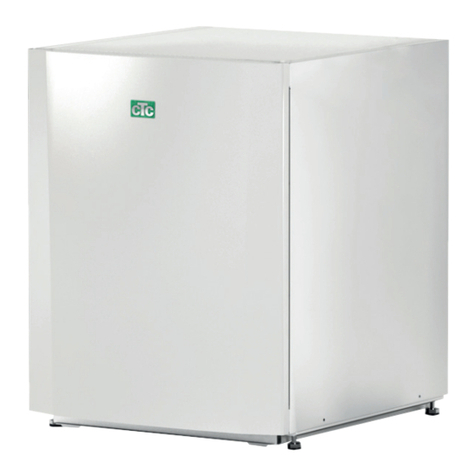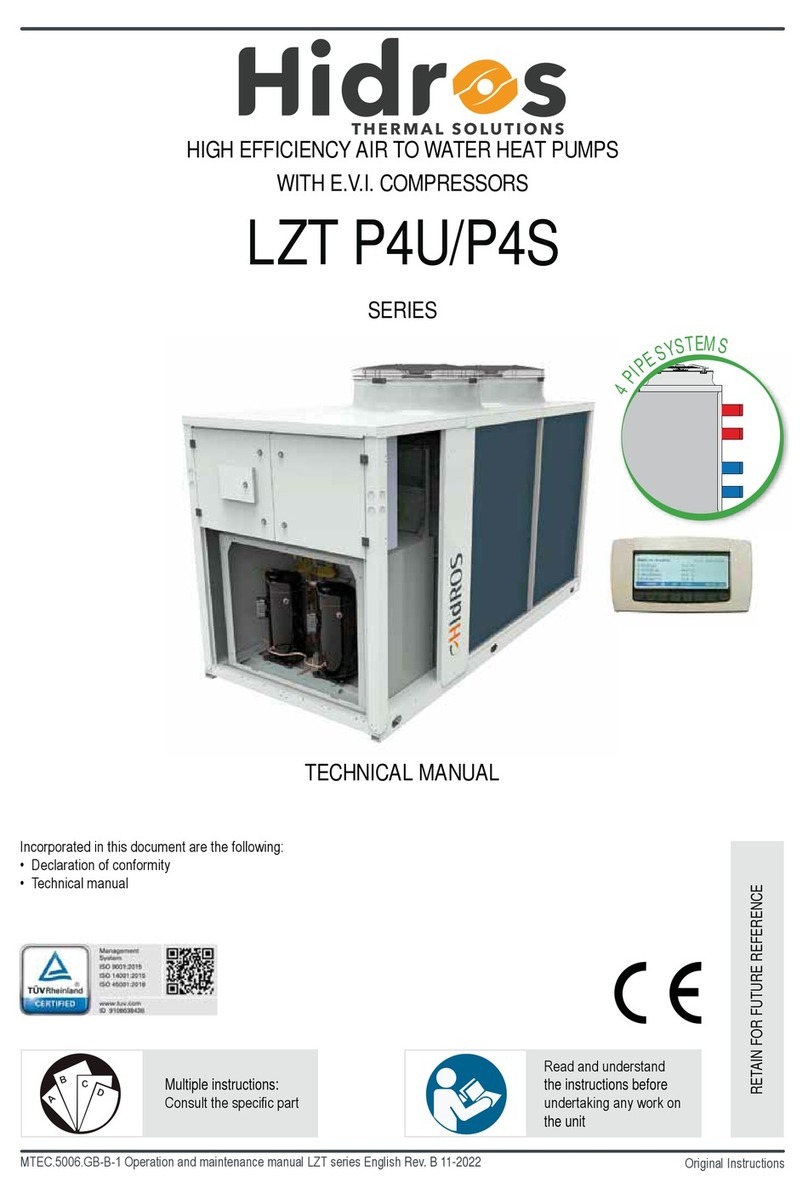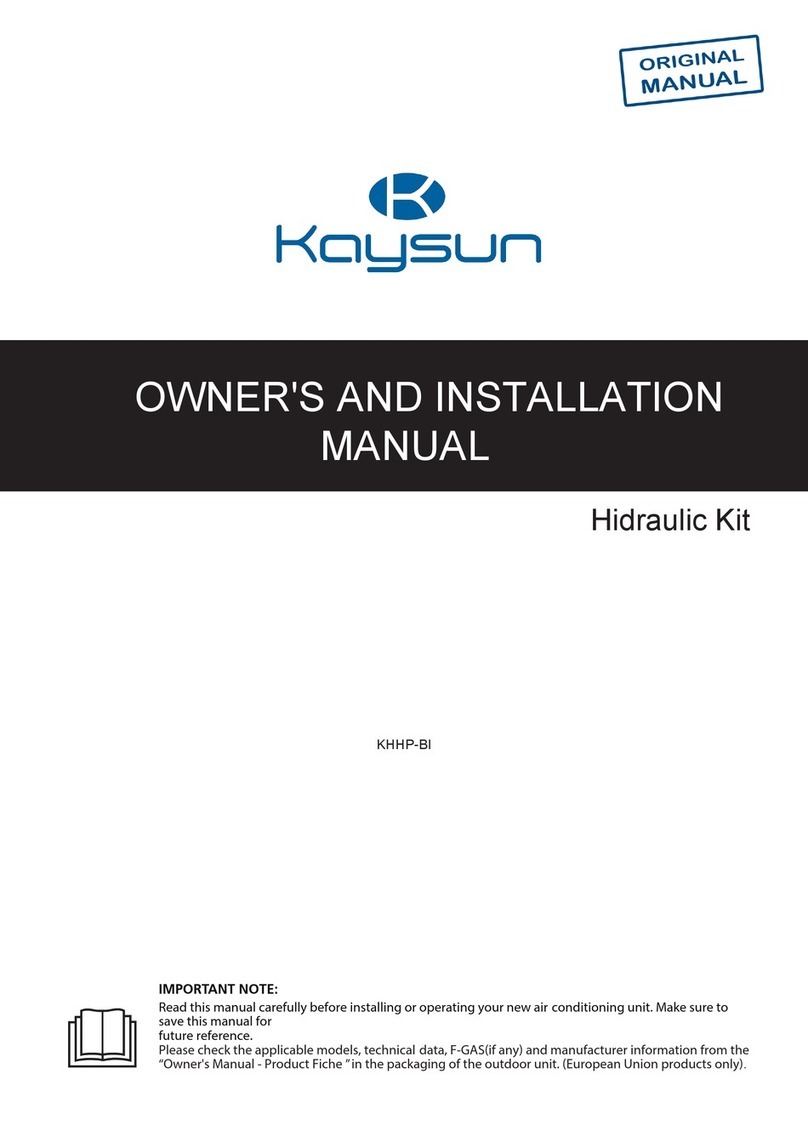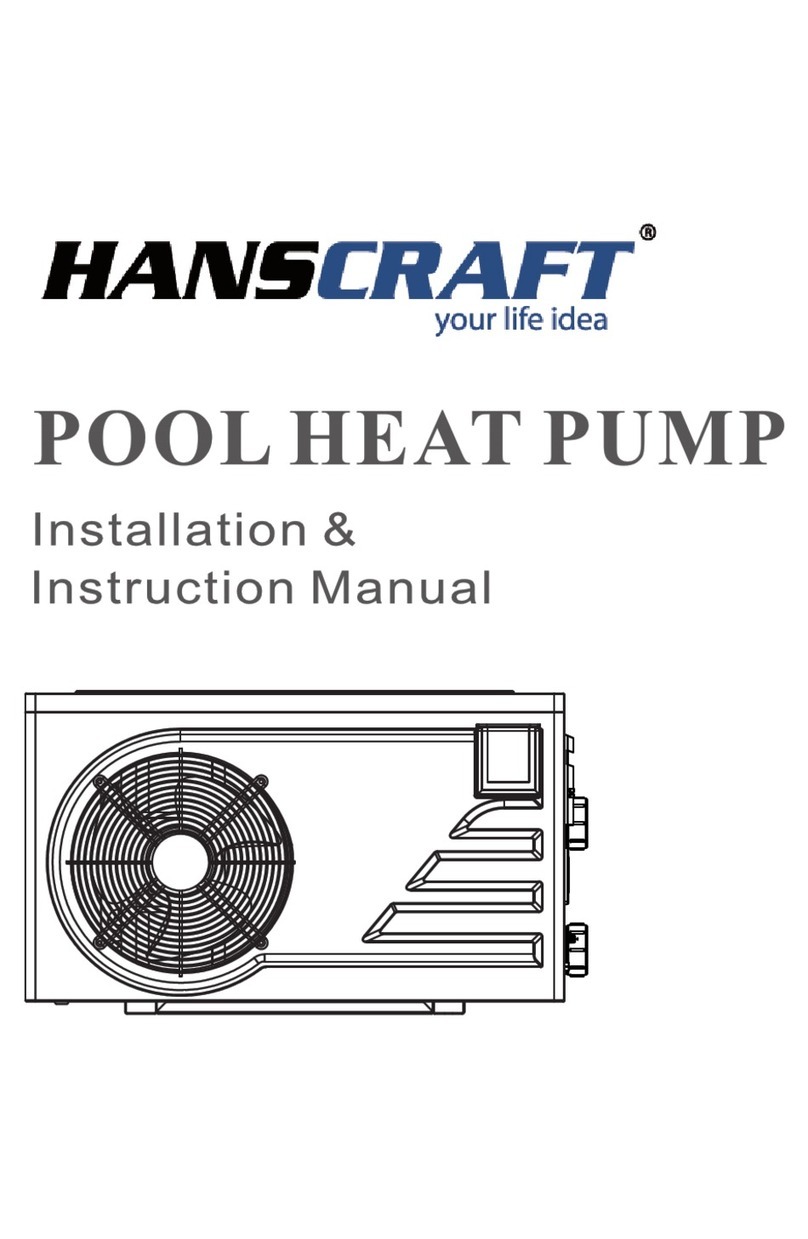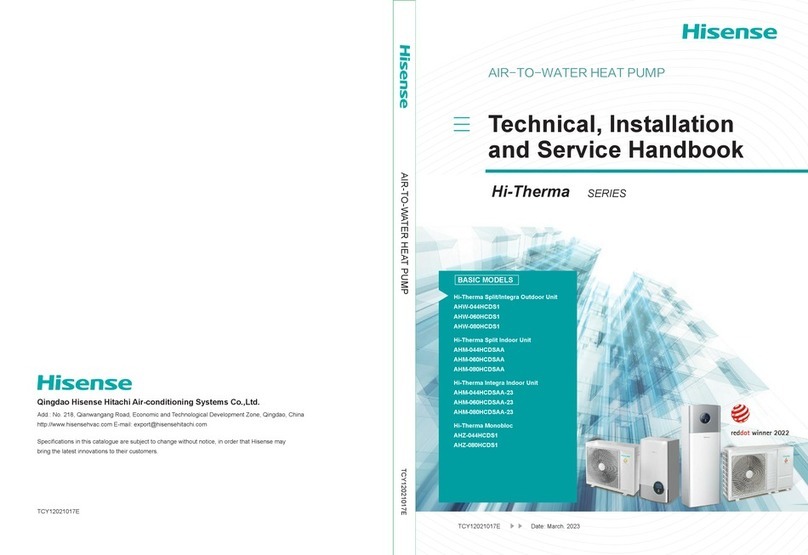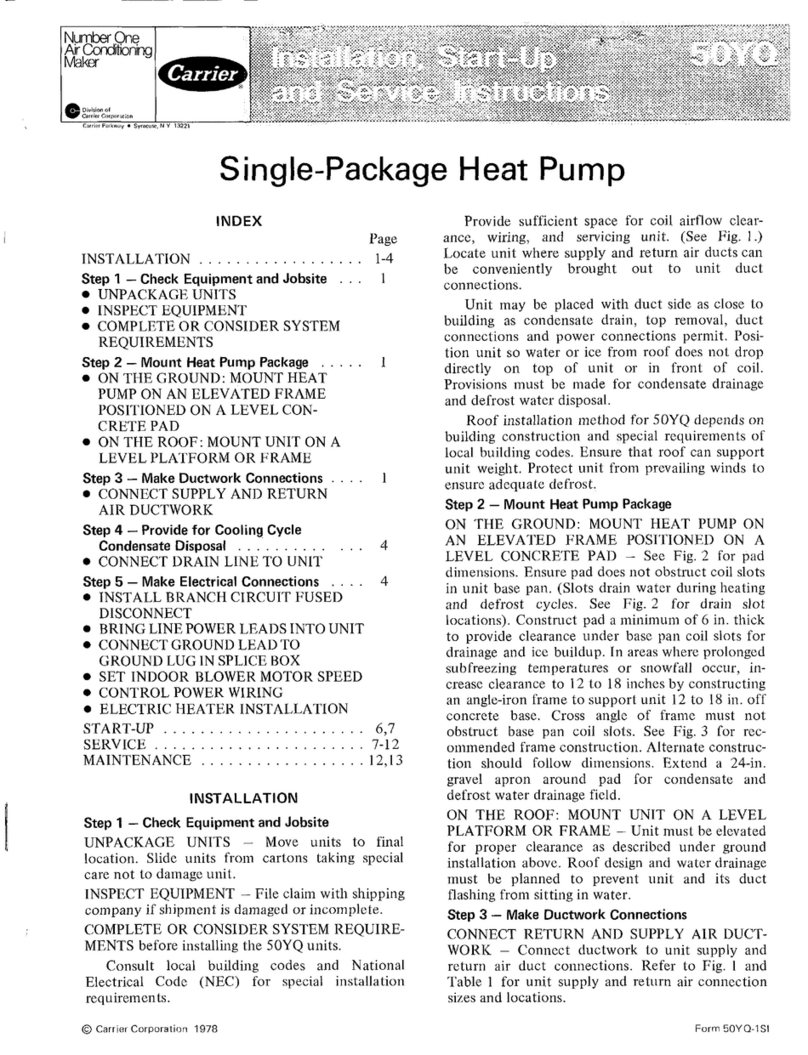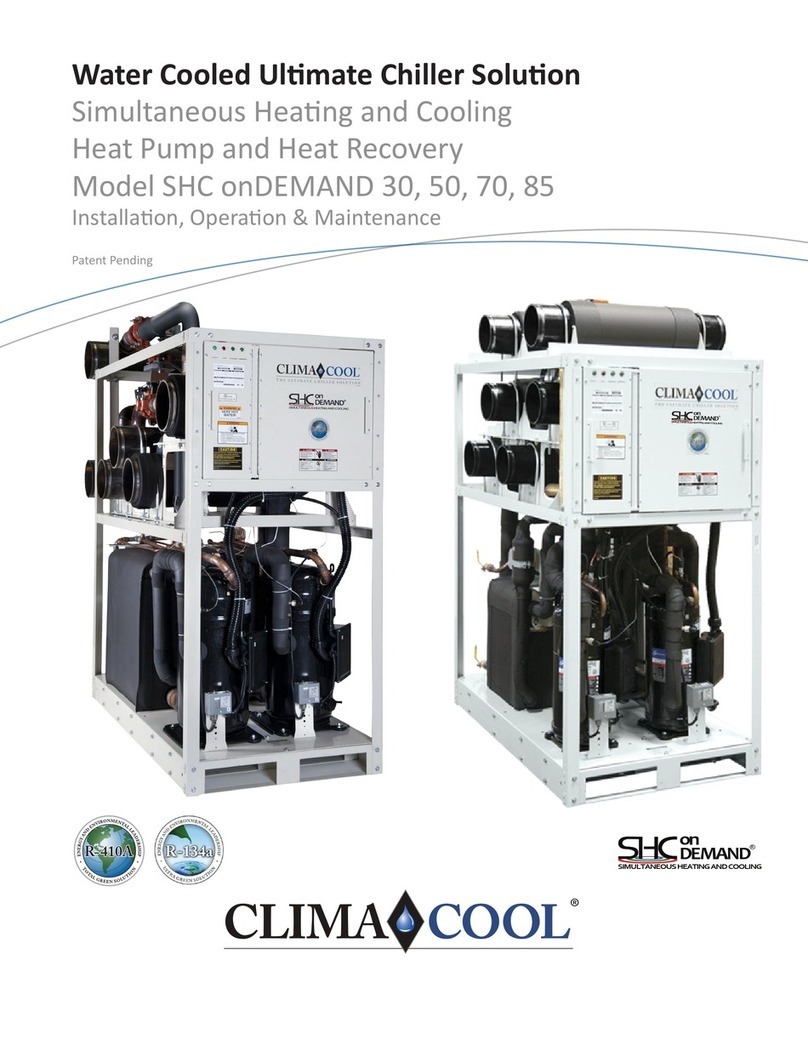
W2W Series Heat Pump
Ecologix Heating Technologies Inc Page 8www.ecologix.ca
221 Holiday Inn Drive Cambridge ON ph: 519-658-4330
GROUND WATER HEAT PUMP SYSTEMS
Shut off valves should be included in case of
servicing. Boiler drains or other valves should be
tee’d into the line to allow acid flushing of just
the heat exchanger. Pressure/temperature plugs
should be used so that flow and temperature can
be measured. Piping materials should be limited
to PVC SCH80 or copper. Due to the pressure
and temperature extremes, PVC SCH40 is not
recommended. Water quantity should be
plentiful and of good quality. The unit can be
ordered with either a copper or cupro-nickel
water heat exchanger. Copper is recommended
for closed loop systems and open loop ground
water systems that are not high in mineral
content or corrosiveness. In conditions
anticipating heavy scale formation or in brackish
water, a cupro-nickel heat exchanger is
recommended. In ground water situations where
scaling could be heavy or where biological
growth such as iron bacteria will be present, a
closed loop system is recommended. Heat
exchanger coils may over time lose heat
exchange capabilities due to a build up of
mineral deposits inside. Only a qualified service
mechanic can clean these exchangers.
Desuperheater coils can likewise become scaled
and possibly plugged. In areas with extremely
hard water, the homeowner should be informed
that the heat exchanger might require occasional
acid flushing.
Expansion Tank and Pump
Use a closed, bladder-type expansion tank to
minimize mineral formation due to air exposure.
The expansion tank should be sized to handle at
least one minute run time of the pump to prevent
premature pump failure using its drawdown
capacity rating. The pump should be sized to the
home’s domestic water load (5-9gpm) plus the
heat pump water load. Discharge water from the
unit is not contaminated in any manner and can
be disposed of in various ways depending on
local building codes; i.e. recharge well, storm
sewer, drain field, adjacent stream or pond, etc.
Most local codes forbid the use of sanitary sewer
for disposal. Consult your local building and
zoning department to assure compliance in your
area. The pump should be sized to handle the
home’s domestic water load (typically 5-9 gpm
[23-41 L/m]) plus the flow rate required for the
heat pump. Pump sizing and expansion tank
must be chosen as complimentary items.
Variable speed pumping applications should be
considered for inherent energy savings and
smaller expansion tank requirements.
Water Control Valve
Note the placement of the water control valve.
Always maintain water pressure in the heat
exchanger by placing water control valves at the
outlet of the unit to prevent mineral precipitation.
Pilot operated or Taco slow closing solenoid
valves are recommended to reduce water
hammer. If water hammer persists, a mini-
expansion tank can be mounted on the piping to
help absorb the excess hammer shock. Ensure
that the unit transformer can supply the total
‘VA’ draw of the valve. For instance the Taco
slow closing valve can draw up to 35VA. This
can overload smaller 40 or 50 VA transformers
depending on the other controls employed. A
typical pilot operated solenoid valve draws
approximately 15VA.
Flow Regulation
Flow regulation can be accomplished by two
methods. First, most water control valves have a
built in flow adjustment. By measuring the
pressure drop through the unit heat exchanger,
flow rate can be determined by referring to the
table below. Since the pressure is constantly
varying, two pressure gauges might be needed.
Simply adjust the water control valve until the
desired flow of 1.5 to 2gpm per ton is achieved.
Secondly, a flow control device may be installed.
The devices are typically an orifice of plastic
material that is designed to allow a specified
flow rate. These are mounted on the outlet of the
water control valve. On occasion, these valves
can produce a velocity noise that can be reduced
by applying some back pressure. This is
accomplished by slightly closing the leaving
isolation valve of the well water setup. Note:
when EWT is below 50oF (10oC), a minimum
of 2 gpm per ton (2.6 L/m per kW) is
required.
Low Temperature Cutout
For units where glycol is not provided, the water
low temperature cutout set-point should be set to
avoid freeze damage. Depending on model of
heat pump a flow switch may be installed in
place of the low temperature cut out. Check
wiring diagram on door of unit to confirm.

















